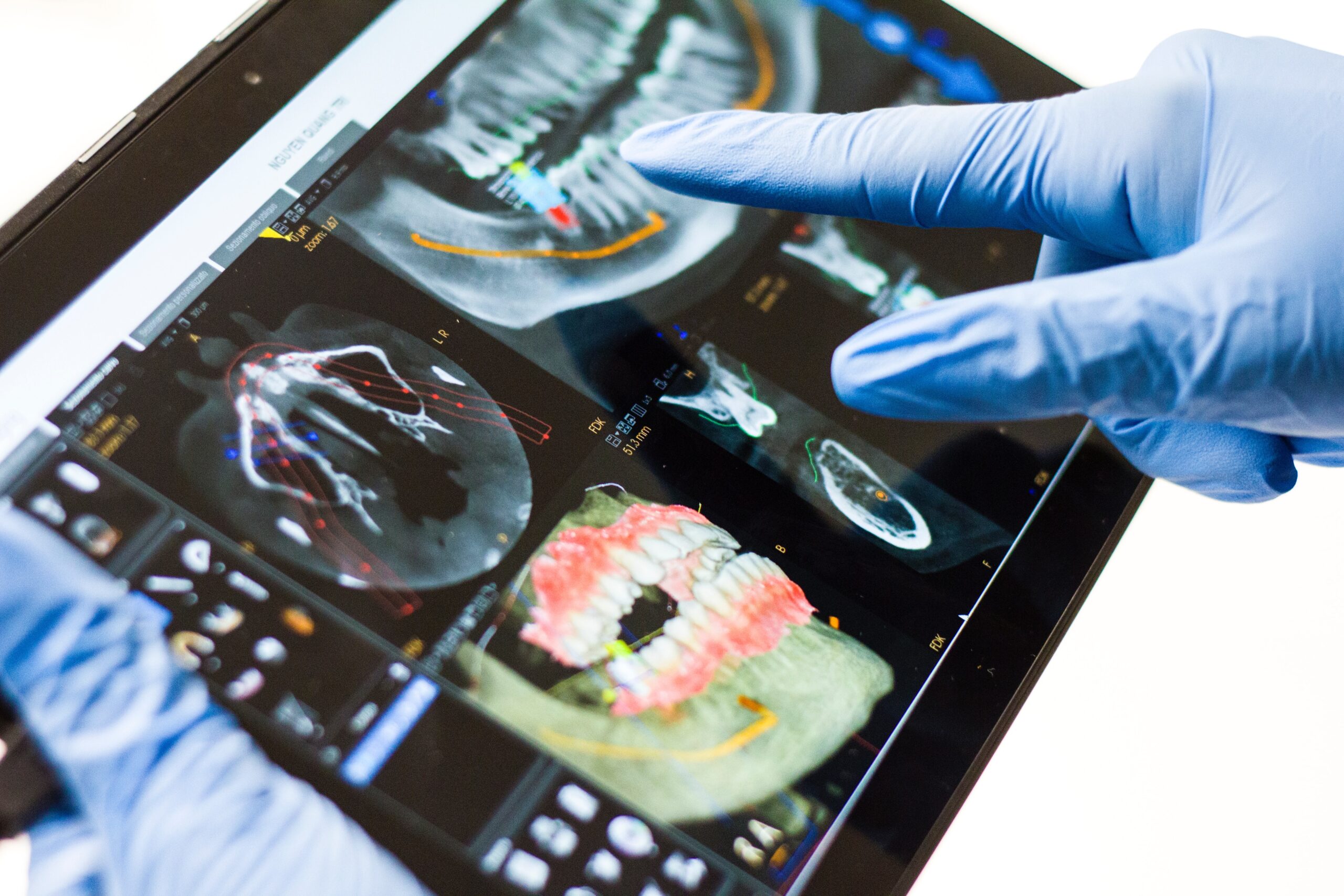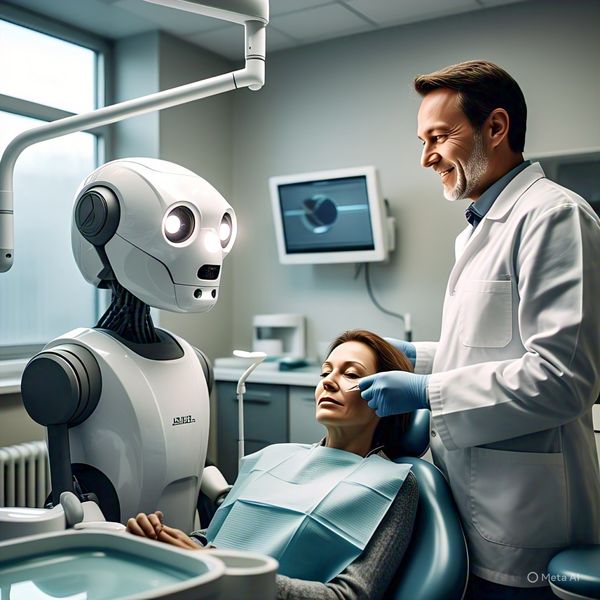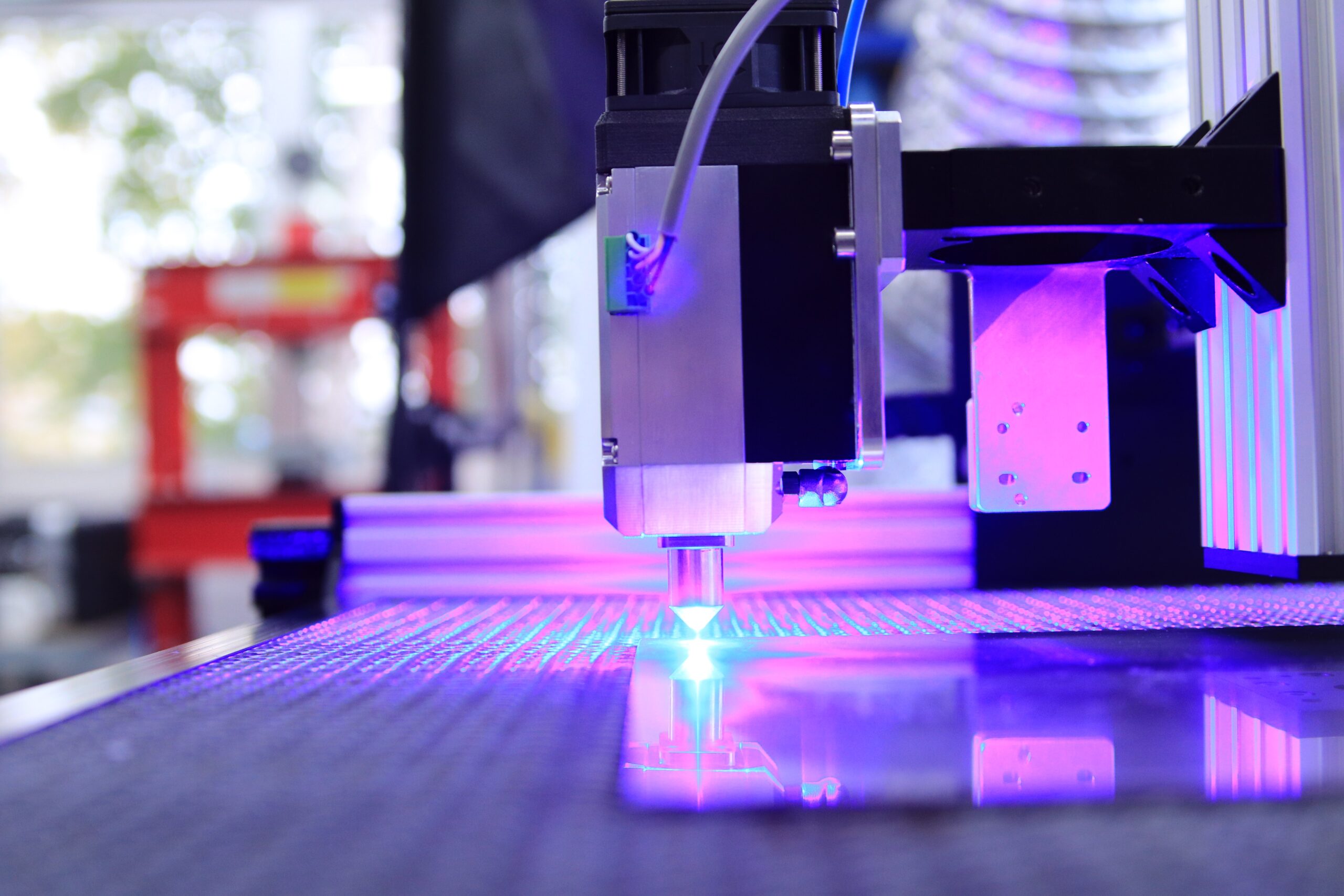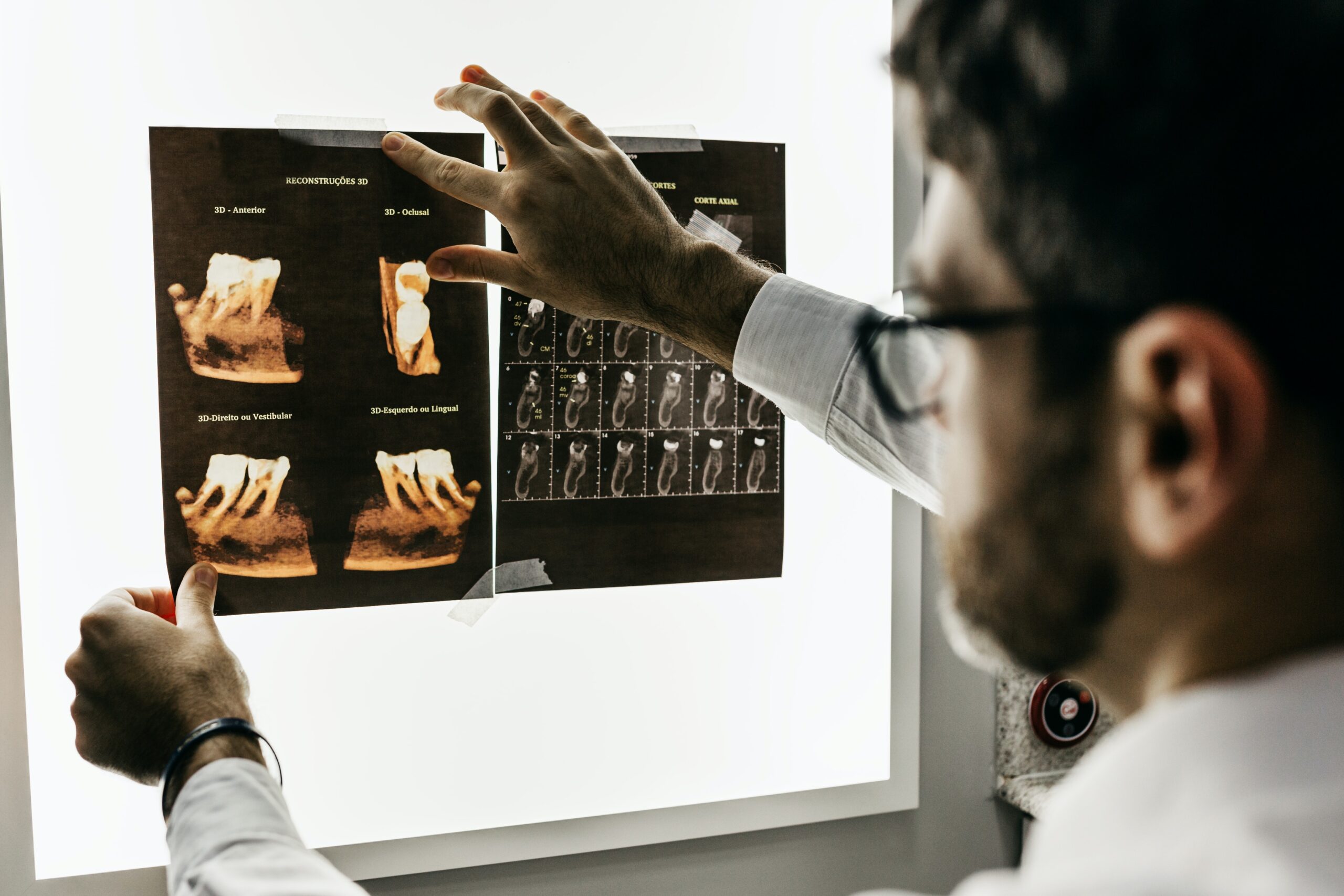Introduction Health informatics emerged as a discipline to address the growing complexity of data and information in clinical care, biomedical research, and public health. As a subset of informatics, it applies core principles—such as semantic interoperability, system architecture, and knowledge engineering—to health-related contexts (Hersh, 2002). Dental informatics, while often considered a niche, has grown into a robust subfield with its own unique challenges and applications in oral health delivery (Schleyer, 2003). Both fields operate under the larger umbrella of informatics and leverage information technology (IT) to implement domain-specific solutions.
Foundations of Health Informatics Health informatics focuses on optimizing the collection, storage, retrieval, and use of healthcare information to improve patient outcomes. It combines theories from computer science, information science, cognitive science, and healthcare to develop tools and models that assist clinicians, administrators, and patients.
Key areas include:
- Electronic health records (EHRs)
- Clinical decision support systems (CDSS)
- Health information exchange (HIE)
- Public health surveillance systems
- Telemedicine
These systems are designed not just to function technically but to improve decision-making, streamline workflows, and ensure continuity of care. Health informatics researchers develop ontologies, implement data standards like HL7 and SNOMED CT, and work to ensure data privacy and security.
Scope and Application of Dental Informatics Dental informatics adapts the principles of health informatics to the specific needs of oral healthcare. It addresses both clinical and research dimensions, from the development of dental EHRs to the integration of imaging systems and risk assessment tools.
Dental informatics encompasses:
- Standardized dental terminologies (e.g., SNODENT, CDT)
- Diagnostic imaging and 3D modeling
- Evidence-based clinical decision support
- Interoperable patient records
- Data analytics for caries risk and treatment planning
The goal is to support dental professionals with accurate, real-time, and comprehensive information to enhance clinical judgment and improve patient outcomes (Schleyer, Spallek, & Hernandez, 2013).
Comparative Structures While both disciplines rely on shared informatics foundations, health informatics often deals with more heterogeneous and complex data environments due to the broader scope of general medicine. Dental informatics, in contrast, faces unique challenges with visual data (e.g., radiographs, 3D scans) and procedure-centric workflows that require specialized system integration.
Furthermore, dental informatics tends to emphasize practice-based research networks (PBRNs) and oral epidemiology databases, which are less prominent in general health informatics.
The Role of IT in Operationalization Both health and dental informatics rely on IT infrastructure for their implementation, including cloud platforms, databases, secure communication protocols, and user interfaces. However, IT by itself does not encompass the interpretive frameworks that informatics provides. Informatics designs the rules, relationships, and logic; IT operationalizes them.
For instance, a dental imaging system may utilize high-performance hardware and software (IT), but the way data is labeled, structured, and interpreted for diagnosis stems from informatics logic.
Interoperability and Standardization One of the major contributions of health and dental informatics is the push toward interoperability—ensuring that disparate systems can communicate effectively. In medicine, this is achieved through standards like HL7, FHIR, and LOINC. In dentistry, similar efforts are underway through the adoption of SNODENT, CDA (Clinical Document Architecture), and integration with EHR systems.
Ethical and Legal Considerations Both fields engage deeply with ethical questions surrounding data privacy, informed consent, and algorithmic bias. Health and dental informatics practitioners must ensure compliance with laws like HIPAA and GDPR and must critically evaluate how digital tools affect clinician autonomy and patient trust.
Educational and Professional Pathways Academic pathways in health and dental informatics are expanding globally. Programs offer master’s and doctoral degrees, emphasizing interdisciplinary training in clinical practice, data science, and system design. Professional certification programs (e.g., AMIA 10×10, board certification in clinical informatics) help standardize competencies across the field.
Impacts on Healthcare Delivery The ultimate goal of both health and dental informatics is to improve care quality, safety, and efficiency. Informatics tools support early diagnosis, personalized treatment, population health monitoring, and integrated care delivery.
Conclusion Health informatics and dental informatics are critical subfields that extend the science of informatics into domain-specific arenas. While each has unique challenges and implementations, both draw from the same theoretical wellspring and share a mission to enhance care through intelligent information use. Understanding them as related but distinct entities is key to advancing both research and practice in healthcare delivery.
References
Hersh, W. (2002). Medical informatics: Improving healthcare through information. JAMA, 288(16), 1955–1958. https://doi.org/10.1001/jama.288.16.1955
Schleyer, T. K. L. (2003). Dental informatics: A cornerstone of dental practice. Journal of the American Dental Association, 134(5), 607–612. https://doi.org/10.14219/jada.archive.2003.0247
Schleyer, T. K. L., Spallek, H., & Hernandez, P. (2013). Clinical decision support in dentistry: Three decades in the trenches. Journal of the American Dental Association, 144(1), 97–104. https://doi.org/10.14219/jada.archive.2013.0057












Leave a Reply